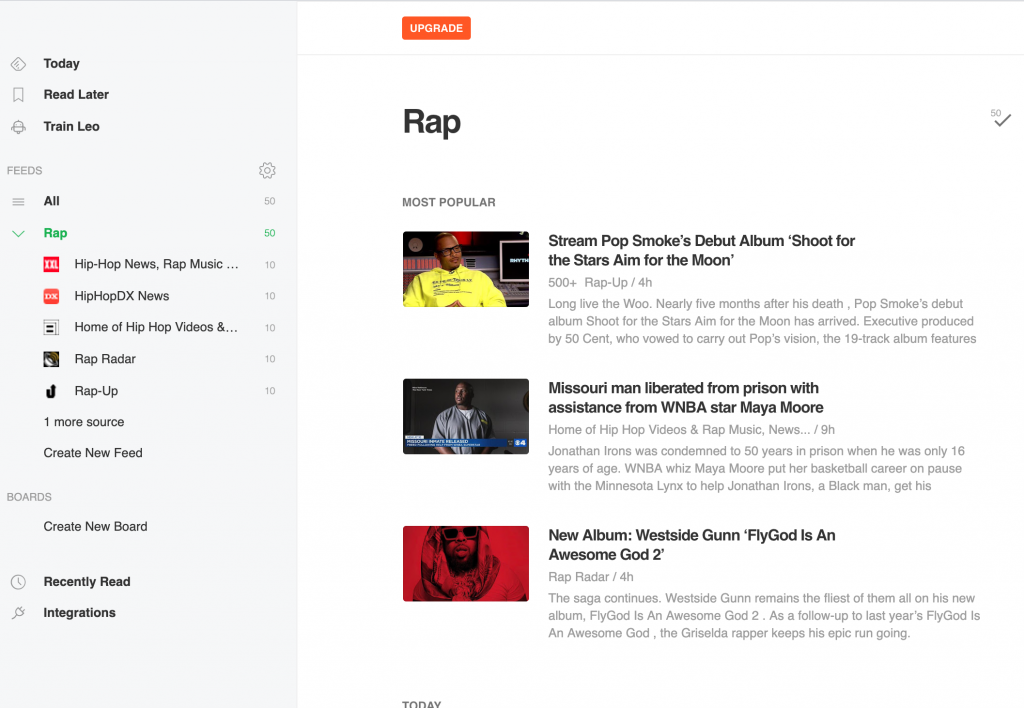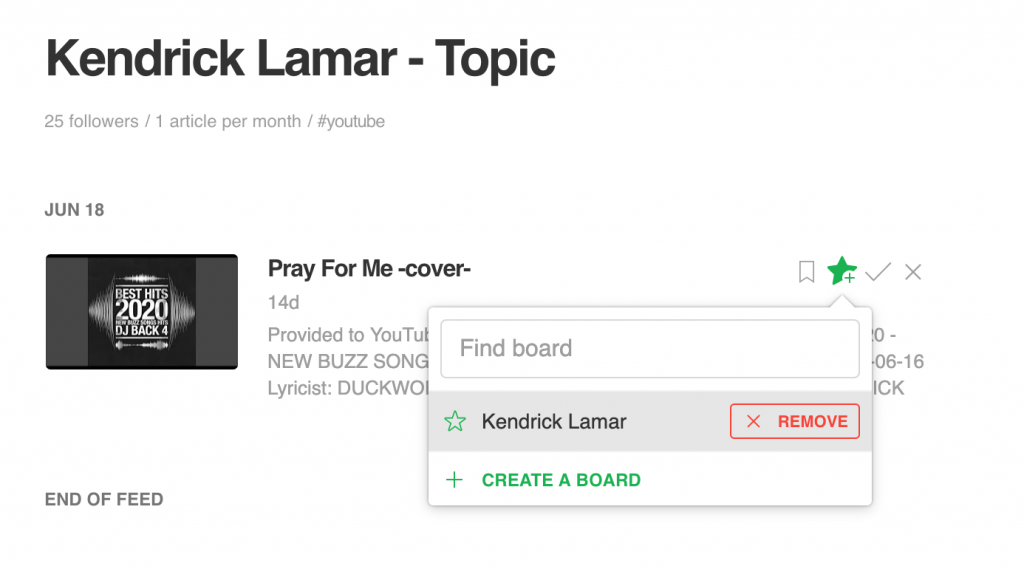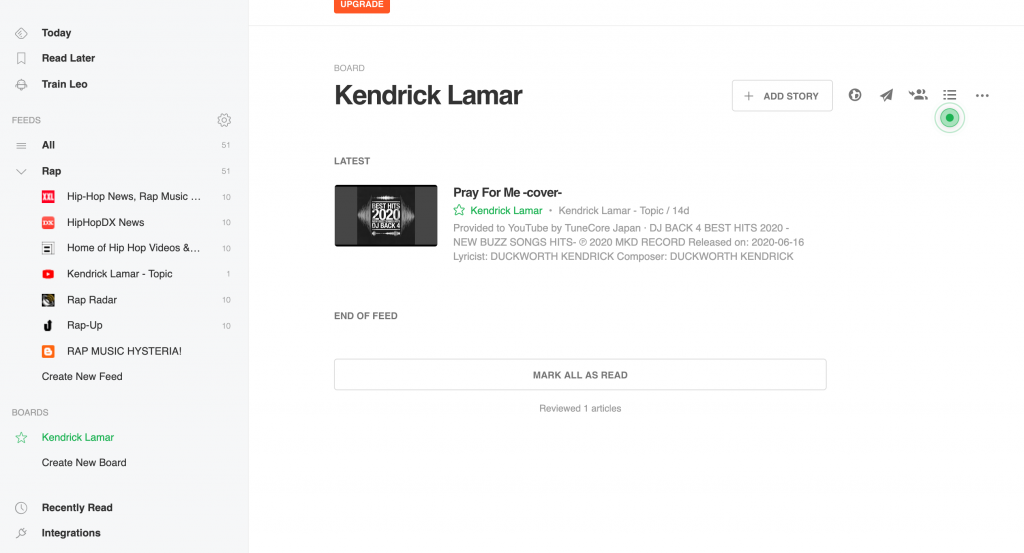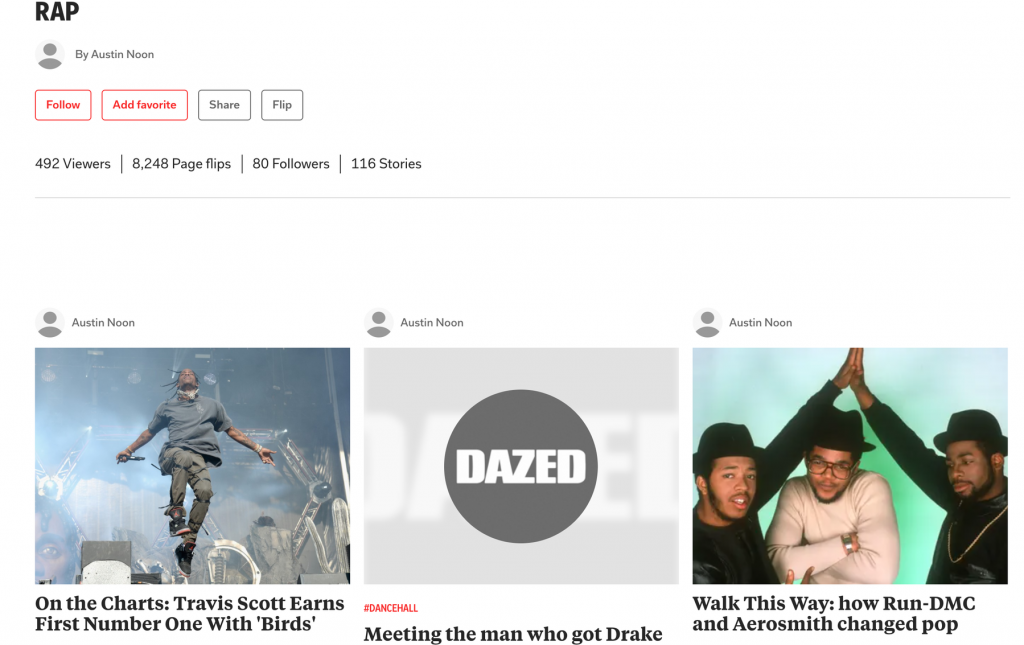This document contains background information for facilitators before they run the workshop with participants. It gives some tips on how to keep abreast of information by using aggregators.
General Objective
Preparation time for facilitator
Competence area
Name of author
Resource originally created in
Why is it better to use aggregators?
Why is it important to know how to sort information? For your studies or a personal project, you will have to do research on a particular subject, following relevant developments and current events. The tools outlined in this activity are useful means to stay abreast of a given subject.
News aggregation: this refers to tools and strategies you can use to say informed of one or several subjects. The idea is to spend as little time as possible in our research by using automated systems. Basically, your tools will inform you if new and relevant content appears – if an update comes to light regarding your chosen topic. Today, when we’re interested in a subject and we would like to follow it, we can quickly lose ourselves in the immense quantities of information that is propagated online. To give you an idea: every 60 seconds, 70 domain names are registered, 571 new sites are created globally, 72 hours of video is posted on YouTube, 278000 tweets are posted on Twitter, 1.8 million likes on Facebook… essentially: we are more or less obliged to aggregate, whether or not using dedicated tools. Aggregation refers to process of sorting, organisation and of prioritising the most relevant information.
Two methods are possible:
- Manual (pull): go to several specific sites to find information
- Automated (push): program an app tool to aggregate for us. According to our preferences, this could be:
- Regular
- Occasional
- Periodical
- Permanent
How to start aggregating
Create a Feed
- The subject area. Here are three broad categories for example.
- Technological (industrial, scientific) pertains to technological developments, products and devices, research, innovative applications, etc.
- Economic (commercial, competition, markets) pertains to market actors, their sociocultural behaviours, commercial strategies, market developments, etc,
- Legal and regulatory (normative, patents and copyright, judicial) based national and international laws and regulation, trade agreements, patents, etc.
2. Precise themes: what interests you in particular?
3. Reason: what is it for? Personal/professional uses, etc.
4. Objective: to enrich your team’s knowledge, to develop an expertise, etc.
Identify relevant information sources:
- public sites
- business sites
- social network
- news sites
Automating our news monitoring
- alerts: this is a good choice if don’t intend to share your updates
- Google Alertes or Mention or Talkwalker
- subscribing to page
- signing up to groups
- using aggregators: when you have spotted an information source, you can automatically collect each new article and post from the site, your blog or RSS reader feed. This functionality allows you to centralise different news items in the same place without needing to consult each source every day.
Organising your information collection
It would be a good idea to sort information you collect according to:
- the source’s reputation
- number of publications
- whether sources are cited
- quality of the content
Introduction to content aggregators
Content aggregators: web application or tool that display a a personalised feed, selecting posts and updates from chosen blogs or news sites. We will introduce you to two content aggregators that may be useful for you: Flipboard and Feedly.
How do Feedly and Flipboard work?
Feedly is a content aggregator. This means you will be able to assemble content that corresponds to your research by creating feeds and boards. A board corresponds to a subject. You will be able to keep informed of the most relevant sources (sites and blogs) for your topic. Feedly will, depending on the display options that you choose, display headlines, a short caption and images for each item which are arranged in a scrollable list.
Flipboard allows two things. You can create a general news monitor, or by choosing certain subject categories that interest you (feminism, environment, etc.), you will automatically see a stream of updates related to these themes on your page. The content that appears will have already appeared in ‘magazines’ created by other users. Here, we mean by magazine a file comprised of links to various content, such as articles, videos, etc. You can also create your own magazine and share it. These ressemble a press review on a subject. The advantage when you work in a group is that you share your magazine by sending it to others.
Ideas for activities
On Feedly
You can connect your Feedly and Google accounts to Feedly. Once your account is created, explore the interface. There are several options/paid versions but this activity will only require the free version. Let’s take the example of rap and say you are passionate about this genre and are doing a research project on it. Create an information thread (‘feed’) and a board. Here are some organisational tips:
- Define clearly a single theme so as not to spread the research too broadly
- Consider beforehand which source categories you would like to include
- Determine authoritative sources, then second-tier sources (e.g. blogs as opposed to journalistic articles)
- Modify sources gradually so as to not oversaturate your board from the beginning. If you notice that one of your sources is less relevant for example, delete it. It will only get in the way of you seeing more relevant articles.
Here is an example of a feed: 
Managing new content In the ‘feed’ area, a rap category has been created and at the same time, the followed/chosen sources. Go to this category. A certain amount of content will already be referenced. These are the new updates from the followed sources. You can decide to delete any of these, choose to ‘read later’, choose ‘read already’ or place it on the board. For example, you want to find out about what Kendrick Lamar is doing and you see a relevant article. Clicking the star icon will save it to your board. See below: 
When you go to your board, several options will be open, including the ability to share with others. Here’s what a board looks like: 
On Flipboard.
As with Feedly, it would be a good idea to first create an account then leave participants explore the interface. If needed, see a tutorial such as this one. Let’s take up our rap example again. You can enter your topic into the search bar. On the Flipboard tool, you can explore search results via feeds, people to follow and magazines previously created. Create your own magazine. After naming it, we can make it private or public.
- Private: this means you alone will be able to see it
- Public: others Flipboard will be able to see and follow it
See below:

You can also share your magazine directly with friends.
Connect your Facebook account
For Feedly and Flipboard, you can either create your account directly or connect your Facebook. You will notice that the suggestions are in line with subjects, themes and pages that you follow or like on Facebook. For example, if, on Facebook, you follow several pages on horses and you have posted publicly on the subject in the past, you will see suggestions related to horses on Flipboard. Thus, connecting your Facebook account as opposed to creating a Flipboard account brings to light one thing: to what extent we are locked into our areas of interest such as we have defined them through our presence on Facebook. This shows why it might be wise to open ourselves up to using other information sources, and keep a critical eye and what is suggested to us automatically.
Going further
There are a number of effective tools to help us aggregate our news. Two further examples are Scoop and Netvibes. Don’t forget that in order to stay informed, outside of your online tools, it is advisable to read actively, in a way that your curiosity will be stimulated, and not remain in the passive role that social media implicitly casts us in. When delivering a workshop on the topic, make sure you give many examples of sources to keep it interesting: online articles, conferences, radio and TV.